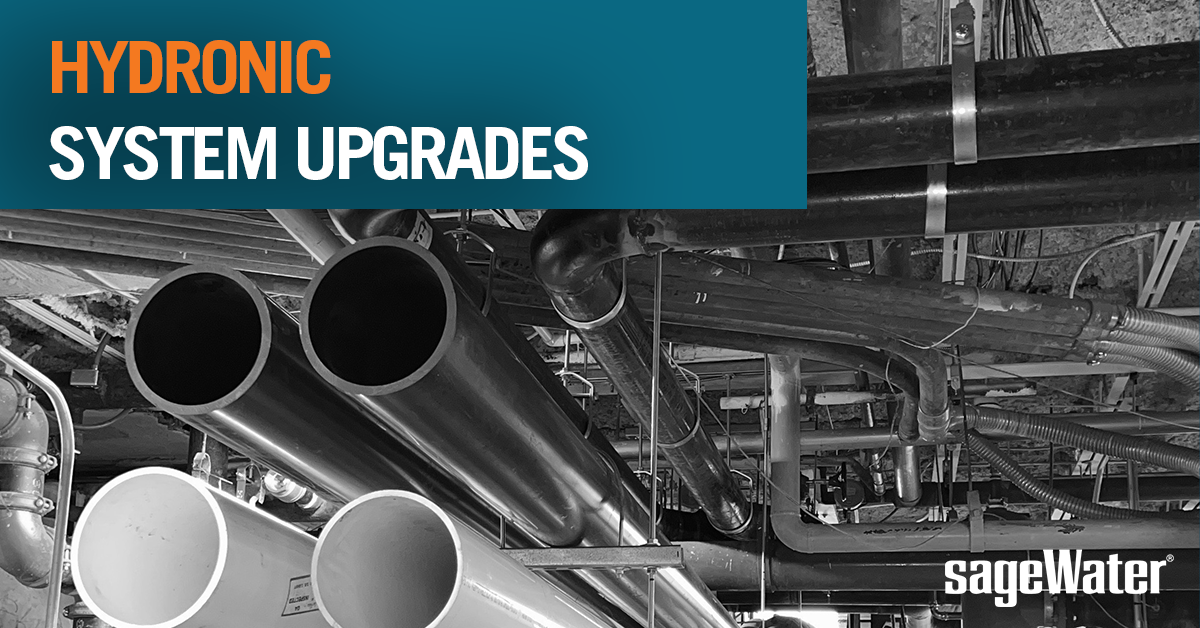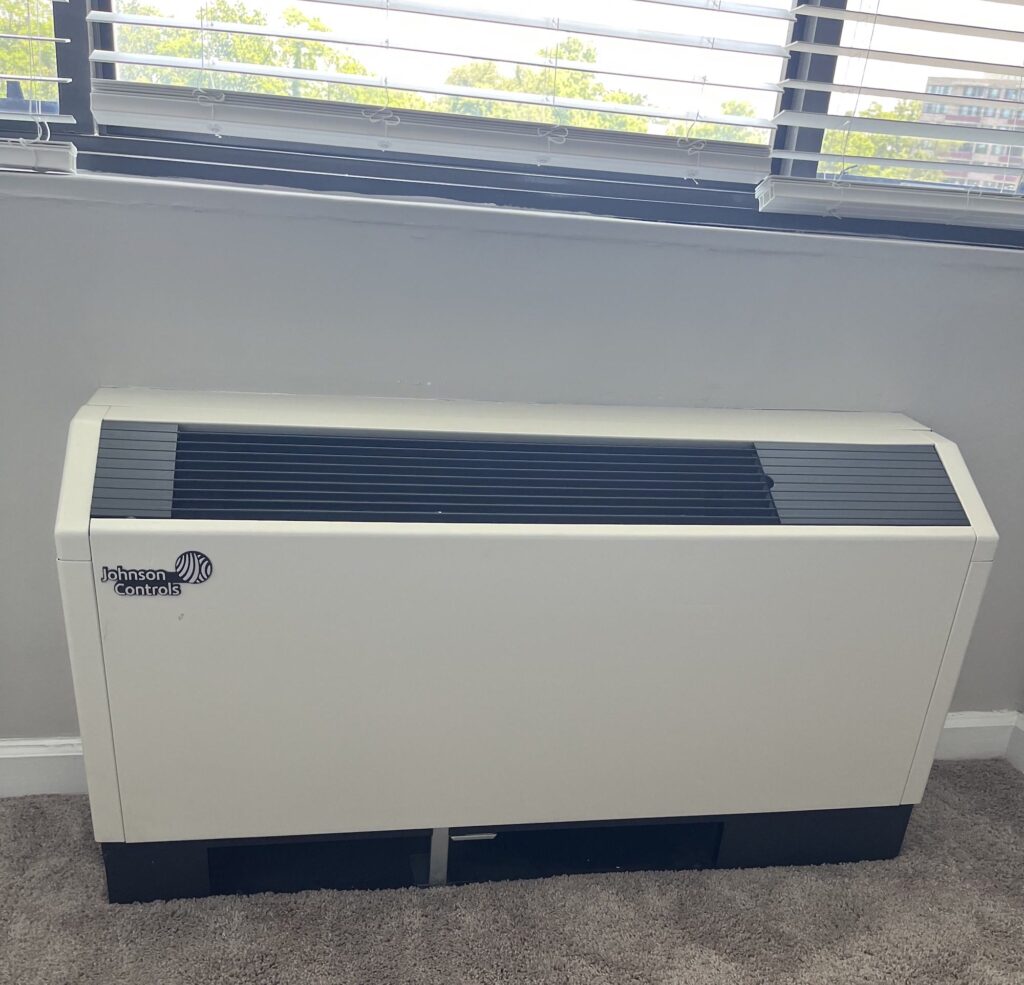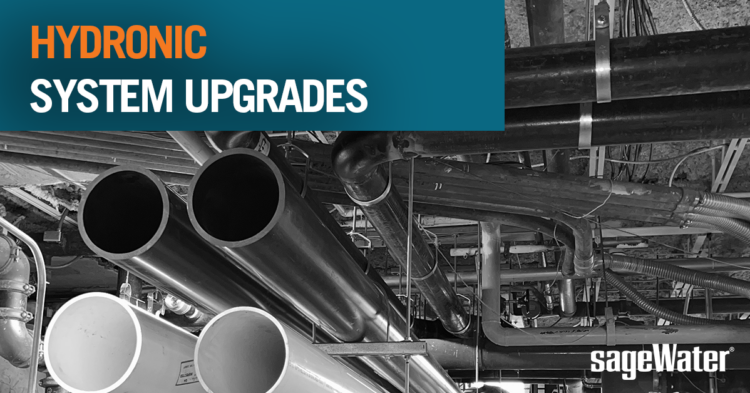
In many parts of the country, multifamily apartment and condominium communities have switched from winter heating to summer cooling and discovered that their hydronic HVAC systems are in jeopardy. Systems that have kept building climates steady and residents comfortable for 30+ years are breaking down or leaking under the stress of age and the change of seasons.
If you own or operate one of these communties, it’s time to put in a new system. And while it can be challenging to take on this capital improvement project, you actually have the benefit of an important decision: Will you simply replace your current system with a like-in-kind solution or upgrade to a system that improves both building efficiency and resident quality of life?
The Limited Flexibility of Legacy Systems
One of the greatest challenges with many existing multifamily hydronic systems is that they provide very little flexibility when it comes to resident climate control. One common example, the two-pipe fan coil system (FCU), was the standard for new construction from the 1960s through the 1980s. Two-pipe FCUs feature only one supply pipe and one return pipe. That means the building can only send chilled water (air conditioning) or hot water (heating)—it’s an “either/or” situation. This setup was prevalent in many markets for decades starting when climate control in large multifamily buildings became a standard amenity up until the 1990s when more modern technologies made these systems obsolete.
The inflexibility of two-pipe FCUs make them inefficient and can lead to unhappy, uncomfortable residents. For instance, when your building is committed to providing heating but the weather is unseasonably warm, residents may open windows to vent the heat and run fans or other portable air conditioning units to cool their spaces. Not only is your building’s energy use inflated, but frustrated residents will likely complain to building management—or even publicly on social media.
The Power of Hydronic System Upgrades
Hydronic system upgrades modernize your building’s infrastructure and provide benefits for owners and residents alike. An example of a system upgrade (versus a like-in-kind system replacement) is converting your building from a centralized two-pipe hydronic system to a decentralized four season system. With this upgrade, you install smaller, more efficient central plant equipment (that requires less maintenance) and give residents control of their own unit-specific HVAC by installing localized water source heat pumps. This system conversion allows residents in each unit to switch between heating and cooling as they choose, regardless of the season.

A primary benefit to your community is the immediate improvement in energy efficiency across the whole building. In the example above, the building with water source heat pumps uses less total energy than with the two-pipe system, as well as most other legacy systems. Modern systems are more energy efficient for a host of reasons ranging from improved insulation and better pumps to reduced energy for operating the system—e.g., newer equipment requires less gas and/or electricity to heat and cool the water.
Of course, when you move to four season heating and cooling, the main benefit for your residents is giving them the power to control the temperature in their units according to their preferences. They’ll be more satisfied and more likely to stay. In addition, apartment owners may be able to increase rents as a result of this enhanced amenity and condominium owners will typically see an increase in their property values when they go to sell their units.
Increased Efficiency and Happier Residents: You Can’t Beat the Benefits
Choosing a hydronic system upgrade over a like-in-kind replacement is a forward-thinking approach to modernizing building infrastructure. You prioritize building efficiency and resident quality of life while simultaneously gaining a big return on your investment.
At SageWater, we’ve worked for years with multifamily apartment owners and condominium boards to replace aged hydronic HVAC systems and we’ve recently helped several clients upgrade from old two-pipe hydronic systems to more modern solutions. Contact us for a free consultation on which choice is right for you.
We’d love to hear from you.
Thanks for reading our blog! Contact us any time with questions about Simply Smarter Pipe Replacement for multifamily apartment and condominium communities.


